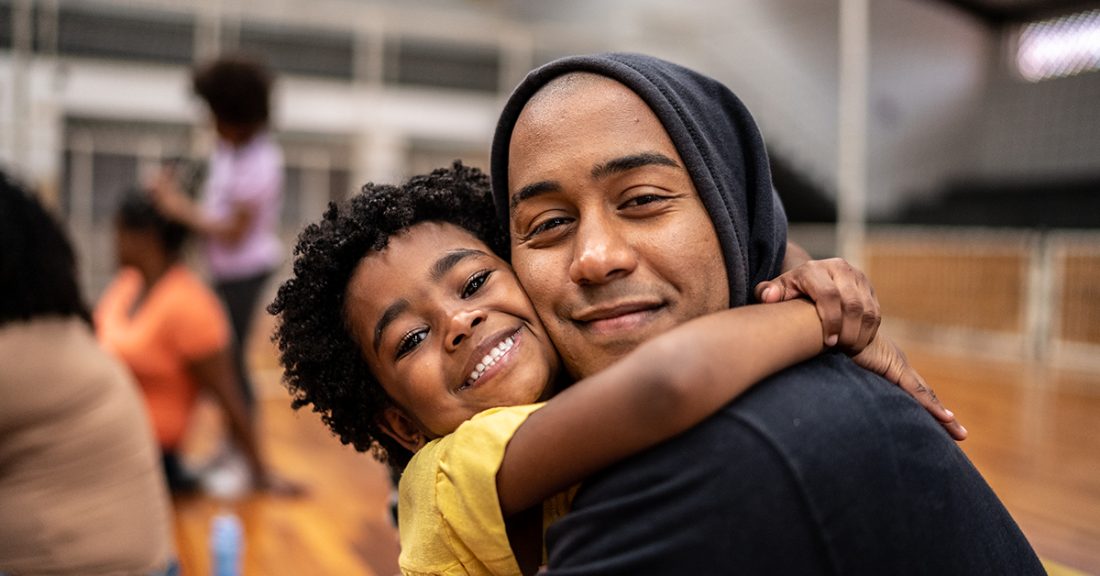FrameWorks Institute Guide Shares Tips for Discussing Community Safety

Framing Community Safety provides community leaders with best practices for explaining community safety, the public health approach to community safety and social determinants of health and safety. A product of FrameWorks Institute, with research support from Prevention Institute, the strategies outlined in the new guide are intended to:
- foster understanding of the systemic roots of violence;
- create awareness of community-based solutions to violence; and
- increase support for community-based public health approaches to ensuring health and safety.
“How we talk about community safety and violence prevention matters because these conversations directly affect communities harmed by violence,” says Pamela Lawrence, director of National Community Strategies at the Annie E. Casey Foundation, which funded the guide. “This resource offers research-based strategies for talking about community safety that promote understanding, well-being and safety.”
The guide offers three broad recommendations for partners to consider when discussing community safety:
- Define community safety. Communicators should begin conversations by defining what community safety is — not what it isn’t. Establishing this definition at the beginning of a discussion allows communicators to dispel assumptions or negative stereotypes. The guide also advises against using overly technical terms and suggests incorporating plain language into conversations.
- Clearly explain “the public health approach” to community safety. Messengers should emphasize how this approach uses the scientific method to address the root causes of violence and is an alternative to increased policing, which can cause harm to Black and Latino communities. Unlike punitive approaches to community safety, public health approaches are also more mindful of individuals who struggle with mental health or who are in crisis by connecting them with the help and resources they need.
- Name and explain “social determinants.” Communicators should define the conditions of inequality that drive community violence. These can include:
- barriers to accessing quality education or employment;
- environmental factors, such as exposure to lead in paint or water; or
- a lack of investment in community housing and businesses.
The guide also recommends highlighting how inequities can lead to disparities in safety for Black and Latino communities.
To inform its work, FrameWorks drew on media articles and organizational publications to identify common narratives about community safety and the issue of crime in neighborhoods. The organization also analyzed its own research on criminal justice as well as Prevention Institute’s interviews with staff and young people who were engaged in community safety efforts.
Learn how an initiative is helping young Mississippians reduce community violence






